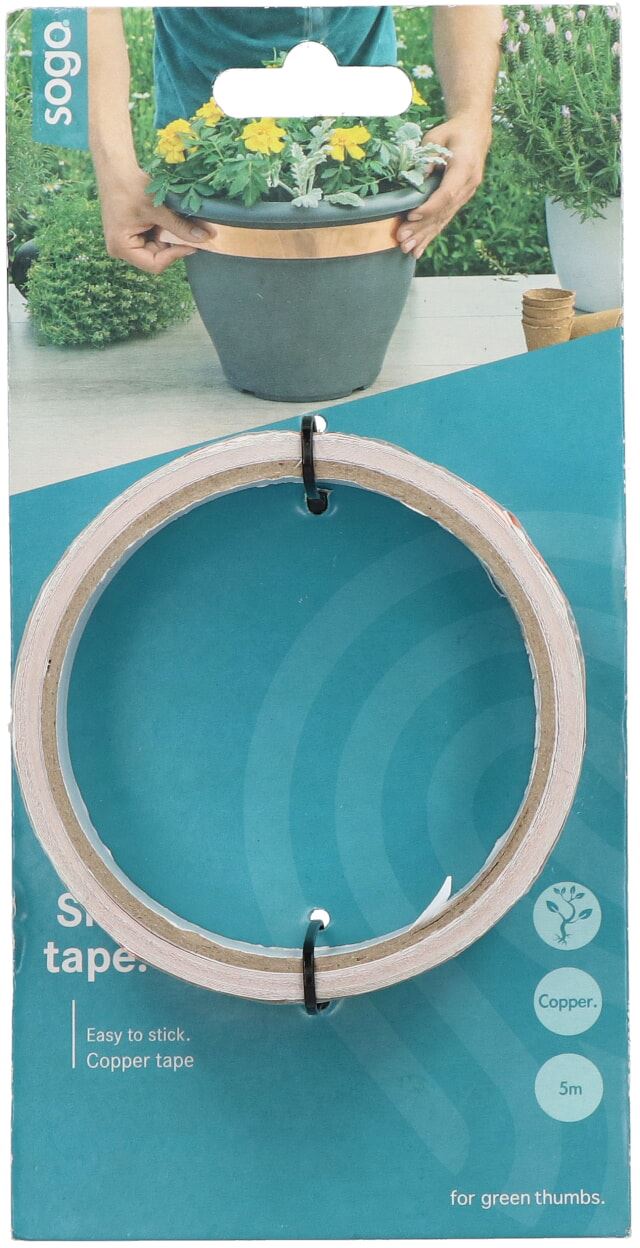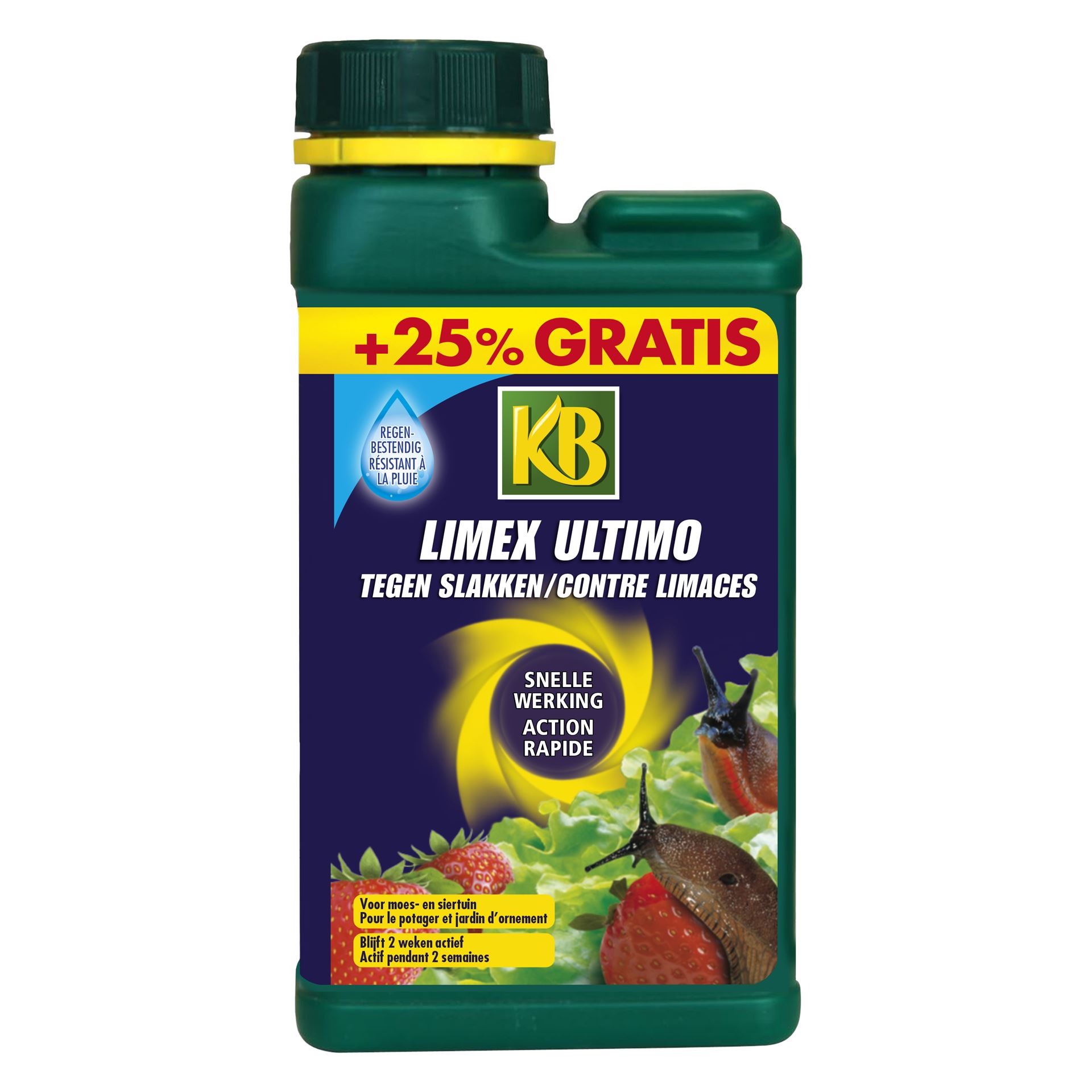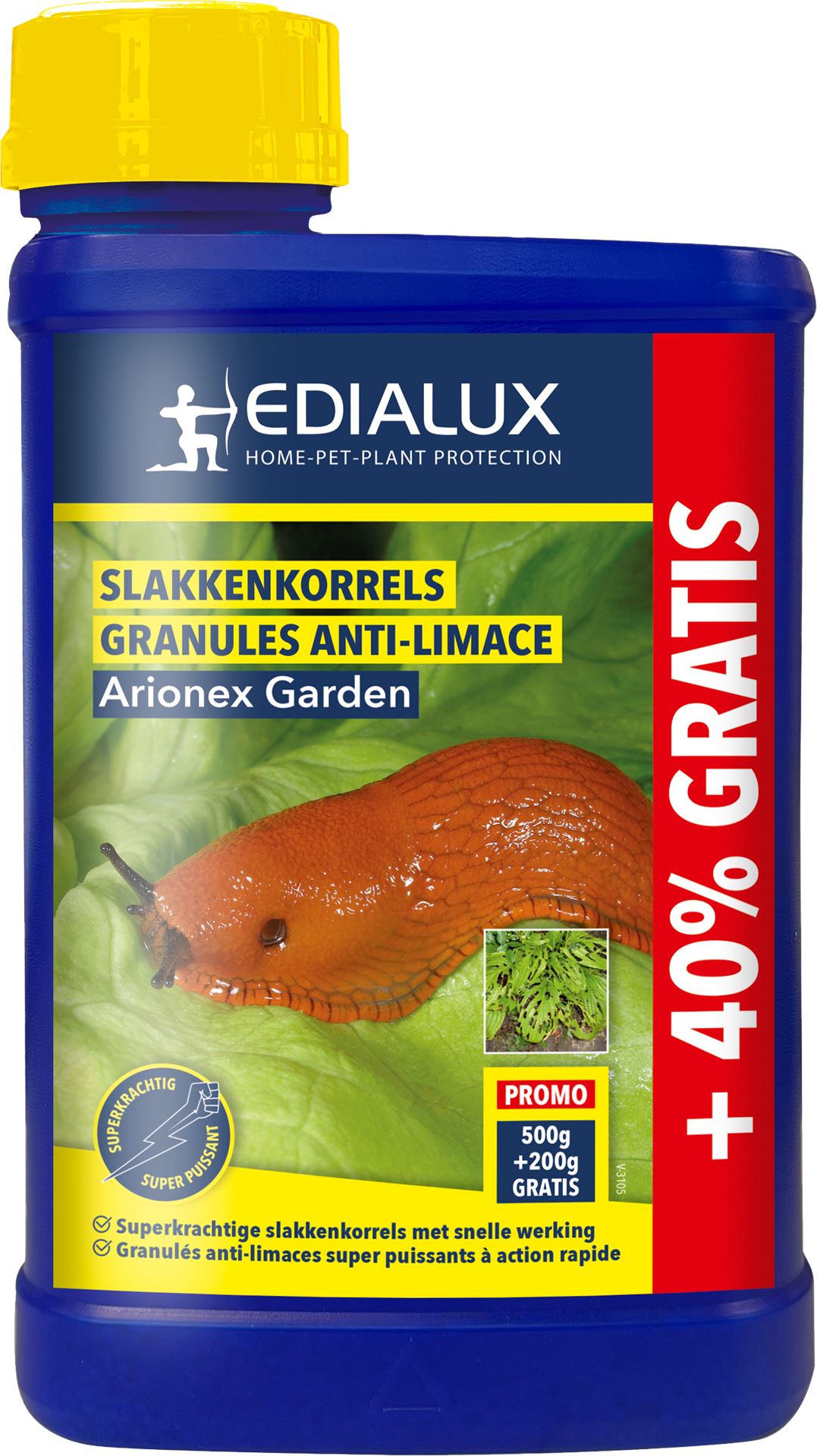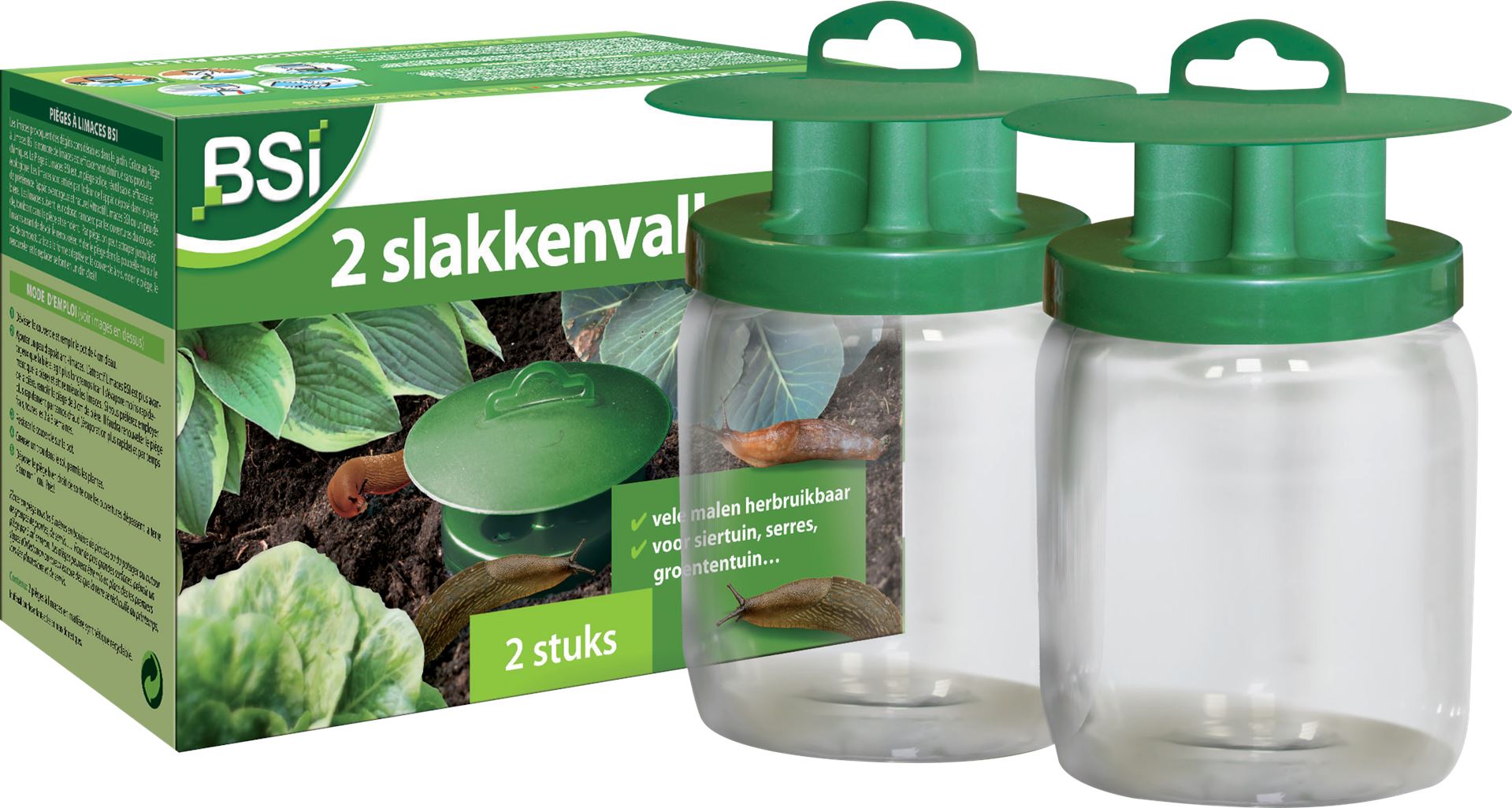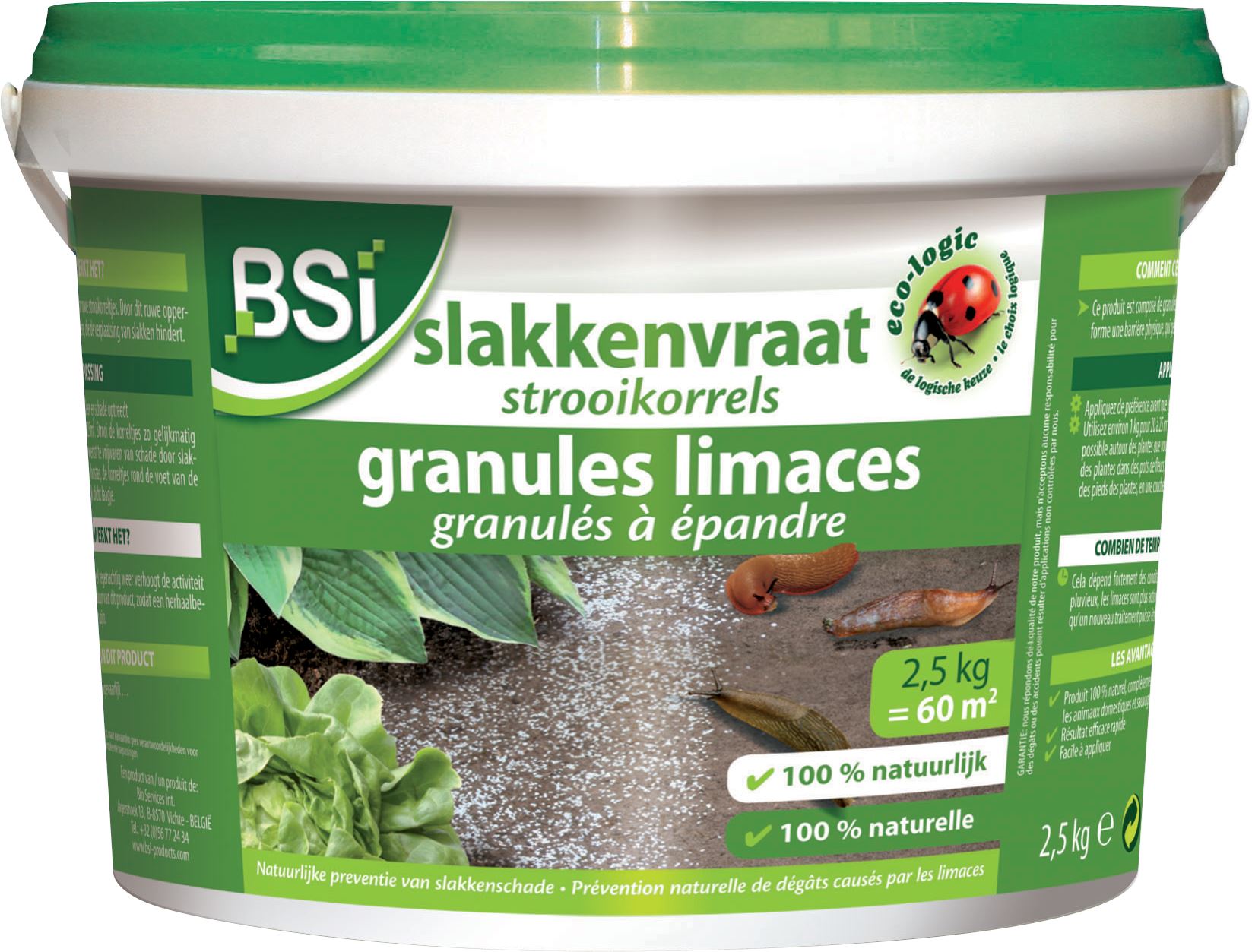
6 ways to keep slugs and snails out of your kitchen garden
Slugs and snails are known for their sluggishness, but they can wreak havoc in your vegetable garden in a short space of time. They eat their fill, leaving not much of your plants behind. There are no less than 60000 species of snails. Fortunately, most species live under water. The slug is the best known species, and poses the greatest threat to plants. In April, the slugs lay about 400 eggs which hatch about three weeks later. After two months, these snails are also mature and can lay eggs in their turn. So before you know it, there is a whole population of slugs and snails taking over your garden.
It is important to remember that snails are especially fond of wet soil. A wet spring therefore means that many snails will find their way to your vegetable garden in May. They particularly like young leaves, and that need not be limited to lettuce...
🐌 Take preventive action
You can place slug repellents around your vegetable garden to make it unattractive to the little culprits and easily chase away slugs and snails. African Marigolds, borage and mustard are all plants that slugs and snails prefer to avoid. The strong scent of garlic, mint, thyme, lavender and fennel are also repulsive to snails. So be sure to give them a place in or around your vegetable garden.
Snails feel at home in a damp environment. A mulch layer (tree bark) may be a good idea to avoid weeds, but be aware that this is also the ideal breeding ground for the snail.
🐌 Create a barrier around the vegetable garden
For example, you can grind up some shells and scatter them around the vegetable garden. However, there are also professional products for this purpose, including SUP-press by Viano. The product was developed by Ghent University and Filip Debersaques, who is also known as the snail hunter of Ghent. Do not forget to refresh this "barrier" regularly. Has the damage already been done? Then you have to take action.
🐌 Engage the natural enemy
To maintain the ecological balance in your garden, you can resort to the natural enemies of snails. Birds, frogs, toads, hedgehogs (find out how to create a hedgehog-friendly garden here) and chickens all see snails as a tasty snack. Leave dead snails in your garden too. Not to set an example to the other inhabitants, but because these snail shells attract even more natural enemies that can do a lot of good in your garden.
Nematodes can also drive out the snail population. They live in the soil and enter the snail through its pores. The slugs will die a few days later due to the infections caused by these nematodes. The nematodes can be applied from mid-March to mid-October (min. soil temperature 6°C). Our tips & tricks for natural pest control with nematodes can be found here.
At the beginning of 2020, Edialux launched a new product, namely the Nema T-bags. These are the well-known nematodes, but they have been put into a sort of ""suspended animation"" by cryptobiosis, whereby their metabolism has been temporarily switched off. The great advantage of this is that you can keep the nematodes for a few months in a non-refrigerated state! By contact with water you get them out of the cryptobiosis, and they come back to life.
The big advantage is that the products do not have to be sent in a refrigerated state. You receive them much quicker and you can repeat the treatment a few months later without having to buy them again.
🐌 Time for a beer
Attention beer lovers, because the snails like it too. You can make a snail trap from a simple plastic bucket or mug. Cut a number of holes in it, and dig the cup into the ground up to the notches. Then fill it with some brown beer or cherry beer. The snails will be attracted by the sweet smell of the beer, and you can then pluck them out of the cup. These beer traps do a good job of killing off a few slugs, but is there a real plague going on in your garden? Then you need to bring out the big guns.
Also worth trying: Place a tray of breadcrumbs or jelly near your vegetable garden. The slugs and snails will ignore the vegetable plants and eat the meal. But bear in mind that you are not eliminating the slugs and snails this way, but collecting them. Make sure you give the snails a new home more than 30 metres from your garden, as they will easily find their way back to your tasty vegetable garden thanks to their built-in GPS.
🐌 Organic or ecological slug pellets
These pellets are completely biodegradable, and therefore leave no residue in the soil. The slugs will dry up and digest in the soil. However, these granules are not as effective as the chemical variety and should be refreshed regularly, especially during rainy weather.
🐌 The familiar blue slug pellets
When you are completely fed up with slugs and the household remedies do not help anymore, you can turn to a chemical product such as Metarex. This product, also known as blue slug pellets, contains the substance Colzactive, which the slugs cannot resist. Due to its solid texture, the product is very rain resistant and has a long-lasting effect, even in wet weather.
Metarex also contains an attractant. In organic farming you can therefore use Metarex if you put the pellets in a snail trap so that no substances can penetrate the soil. We regularly get the question whether these pellets are dangerous for dogs or cats. This is indeed the case! However, the slug pellets have a certain smell which attracts the slugs but which your dog or cat does not find very pleasant. Always handle pesticides with care!
These articles might also interest you? 👇
More info? Receive all our gardening tips directly in your mailbox!
We'll only email you handy facts, green advice and our best promotions & discounts. You'll receive it about once a week and you can unsubscribe at any time. No spam, promise 🤞














